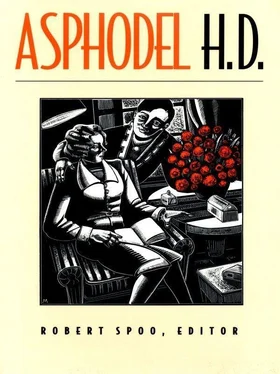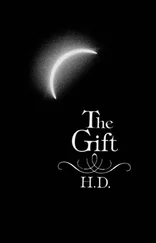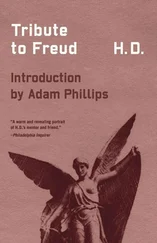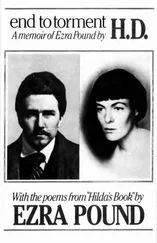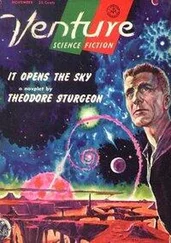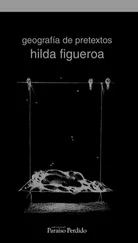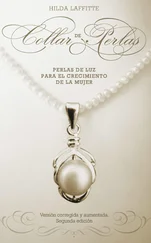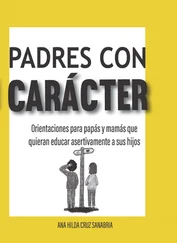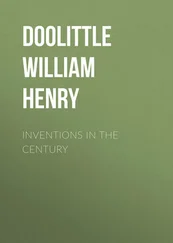This unfettered authorial voice, with its variety of moods and inflections, is well adapted to a story that proceeds by repeated motifs and situations. An especially insistent pattern is that of the woman endangered by a hostile, uncomprehending society. From Hermione’s doleful meditations on loan of Arc and Marie Antoinette to the very real perils besetting her relationship with Fayne Rabb, to the suicidal thoughts of Shirley Thornton and Beryl, women in Asphodel frequently feel threatened with some form of punishment or death, especially if they are “odd” visionaries with artistic inclinations (“Shirley was like Cassandra smitten by the sun-god” [p. 103]). Hermione experiences guilt after the death of Shirley, for she feels that she might have averted the tragedy if she had reached across to “this authentic sister, tangled in a worse web than she was” (p. 105). Yet Hermione’s failed friendship with Shirley at the end of part 1 is structurally balanced by the sisterhood she achieves with Beryl at the end of part 2. Like Shirley, Beryl is a thwarted artist who contemplates suicide; both women have wide, staring eyes filled with pain and private obsession. Hermione’s offer of love together with the opportunity to care for her baby cures Beryl’s frightened eyes, restoring them to “child’s eyes, gone wide and fair with gladness” (p. 206).
Beryl represents the happy culmination, the telos perhaps, of a long series of love affairs in Hermione’s life, each an approximation to the ideal but not its realization. Together, Her and Asphodel offer a variegated pageant of beloveds: George Lowndes, Fayne Rabb, Jerrold Darrington, Cyril Vane, Beryl. In a moving passage in Asphodel , Hermione thinks of her lovers as flowers woven into “a veil, the veil of Aphrodite” (p. 136). This “veil of Loves,” a product of imagination’s triumph over personal hurt, is fashioned so as to exclude no one, for “one flower cannot disown another” (p. 136). This strange, generous fabric is an image of the Her-Asphodel sequence itself, a figure for H.D.’s textual weaving and reweaving of her past. Despite her intense, demanding nature, Beryl comes to occupy a privileged place in Hermione’s veil of Loves, offering an end to torment and the beginning of a new domestic and artistic life in a financially secure relationship. The Bryher figure would not fare quite so well in H.D.’s fiction of the later 20s and 30s — H.D.’s veil of Loves was as honest as it was inclusive — but here at the end of Asphodel flaws and inadequacies are lost in the glow of Beryl’s eyes, “the eyes of an eagle in a trigo triptych” (p. 206).
Asphodel is unashamedly about pain and suffering. The novel’s deceptively idyllic title actually implies the very opposite of contentment and easy optimism, as the epigraph taken from Walter Savage Landor makes clear: “There are no fields of asphodel this side of the grave.” In Landor’s imaginary conversation “Aesop and Rhodope,” the aged fabulist lectures the young slave Rhodope on the advantages of an early death:
Laodameia died; Helen died; Leda, the beloved of Jupiter, went before. It is better to repose in the earth betimes than to sit up late; better, than to cling pertinaciously to what we feel crumbling under us, and to protract an inevitable fall. We may enjoy the present while we are insensible of infirmity and decay: but the present, like a note in music, is nothing but as it appertains to what is past and what is to come. There are no fields of amaranth on this side of the grave: there are no voices, O Rhodope! that are not soon mute, however tuneful: there is no name, with whatever emphasis of passionate love repeated, of which the echo is not faint at last. 16
H.D.’s substitution of “asphodel” for “amaranth” is typical of her quotational style and may have been unintentional. 17The entire passage from Landor is relevant, for it contains several themes that haunt the pages of Asphodel : premature death; the impermanence of love and of the beloved; the elusiveness of the present moment and its lack of meaning apart from what precedes and follows it; the desire to transcend pain in the here and now tempered by an awareness that no such transcendence is possible this side of eternity — except perhaps in the activity of the artistic imagination, as Landor’s rich cadences suggest, and as Hermione herself concludes at one point: “Imagination is stronger than reality” (p. 136). 18
Aesop’s sobering counsels about the inevitability of suffering represent one aspect of Asphodel . But this modern bildungsroman is also about a woman’s realization that undeserved agony must end before a productive life can begin: “You suffer toward sea-change but there was an end to legitimate suffering, this suffering of Hermione’s was illegitimate” (p. 199). The pun on “illegitimate” hints at one source of Hermione’s pain — Jerrold’s refusal to register Phoebe as his child — but this same infant, while it drives a wedge between Hermione and her husband, helps solidify the bond between her and Beryl: a little child shall lead them. By the end of the novel Phoebe has become an outward and visible sign of Hermione’s inward and spiritual rebirth, her emergence from the cocoon of her past. Asphodel takes H.D.’s life up to 1919—a crucial year in her personal fortunes — halting just short of one of the most prolific decades of her artistic life, the decade that gave birth to Asphodel itself.
A Note on the Text
The sole extant version of Asphodel is a typescript of just under 400 pages at the Beinecke Library, Yale University; no draft material or notes have come to light, and references to Asphodel in H.D.’s letters are rare and of little use for textual editing. The typescript is a complete, legible carbon copy on ordinary typing bond; no ribbon copy has survived. Various statements by H.D. suggest that Asphodel was first composed in 1921–1922 and then revised a few years later, but the precise date of the surviving typescript is uncertain, as is the identity of the typist. 19While part 1 has a few revisions in H.D.’s hand, part 2 contains none; minor corrections are typed over erasures on the carbon throughout. It is not clear how polished a draft this typescript represents, but the large number of spelling and typing errors suggests that this copy did not receive the usual scrutiny and revision that late typings of other works by H.D. reveal. It is possible that changes made to the lost ribbon copy were not transferred to the carbon copy.
As the Beinecke typescript was the sole possible basis for this edition, the usual avenues of editorial problem-solving, such as collation of editions and comparison of alternative manuscript readings, were closed to me. 20Total authority for editorial changes brings with it total answerability for those changes, and I have tried to exercise caution for H.D.’s sake and for my own. Whenever possible, I consulted other published works by H.D., in particular lifetime editions, for analogous or related textual details, although I regarded these peripheral texts as heuristic rather than binding. Occasionally the typescript contains a word or phrase that seems garbled; in these cases I have relied on my judgment, taking care to avoid over-ingenious solutions.
H.D.’s spelling offers a special challenge. She frequently misspelled both common and uncommon words, including foreign words, which she sometimes rendered phonetically. She was aware of this tendency and expressed concern over it, writing Marianne Moore as late as 1952: “I still have a sort of Puritan complex, I must spell correctly.” 21I have corrected approximately 300 misspellings (around 170 different words) for this edition. I have retained certain unusual spellings, however, either because they are attested variant spellings or because they are especially characteristic of H.D. and appear in other texts by her (some published during her lifetime): “blurr,” “hybiscus,” “hypatica,” “cotton wadging,” “baptismal fount,” “carn,” “unwieldly,” “etherialized,” and others. Although British spelling predominates in the typescript, certain words fluctuate between British and American spelling (“realised” and “realized,” for example); I have not altered these spellings, regarding them as a significant manifestation of H.D.’s expatriate temperament.
Читать дальше
